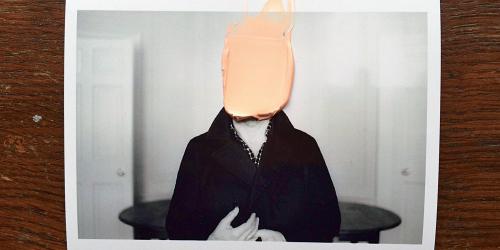Camille Sanchez: Why did you choose aesthetic medicine?
Isabelle Sarfati: It sounds strange but I long wanted to be a filmmaker before turning to medicine. And then I knew that I wanted to do plastic surgery. When I operate someone, I just wonder if it's going to be nice. It's this challenge that has always motivated me.
Do you say that you are a surgical user yourself?
I absolutely wanted to be the student of the great surgeon Paul Tessier. To meet him the easiest way was to consult him as a patient. I told him about my nose even though I was not sure I wanted surgery. He convinced me to touch only the chin to rebalance the face. His overall vision bluffed me and I accepted. I was 22 years old.
You speak without filter in your book. How was the idea of writing born?
When M6 asked me to participate in the Chirugiens de l'espoir - a documentary series on plastic surgery, and a cameraman accompanied me for 3 months, the desire to make my own series tickled me. Finally it's a book I wrote, and I'm in talks about adapting the script for a series, but I can not say more.
What are the limits that you give yourself with your patients?
I am not a judge or a cop. When I receive a patient, I ask myself three questions: is it technically feasible? Can I do it? Will she be satisfied with the result? If the answer is yes, I have no reason to refuse if I think the person will be really happy. It is a question of satisfaction of the long-term result.
Do not we say that we must accept ourselves as we are?
The principal is the result. Surgery is a weapon of freedom if used correctly. We have to accept 99%. I'm going to play on the 1%.
Have you faced any failures?
It happens - very rarely - that there are misses. There are objective failures, the result is clearly not good, but also technically perfect operations that do not meet the expectations of the patient.
We read in your book that for some people, especially women, this surgery is synonymous with rebirth.
In reconstructive surgery, it's wonderful to participate in a reconstruction. We are faced with women damaged after a heavy fight against breast cancer, where offering them a satisfactory result is an absolute victory.
What are the most requested transactions?
Head liposuction, then breast augmentation, followed by eyelid surgery, and finally the nose. I wanted to specialize in the breast, an area I master, even if we never completely master a field.
Does transforming someone give you a feeling of omnipotence?
We oscillate between humility and omnipotence. To allow yourself to take a scalpel, you have to have courage. We follow very specific procedures. I will never dare to do anything that I do not know how to do, I will be terrified.
You are the founder of the association Solidarité Perruques . How did you come up with the idea?
I realized that there was a second life for wigs that my patients, formerly breast cancer patients, no longer needed. These wigs could be used for other women who do not necessarily have the means to put between 1,000 € and 2,000 € in it. Today my association Solidarity Wigs is a little slow and in my book I call for someone who wants to take over because I can not handle it full time.

" Plastic Stories" , Isabelle Sarfati, Stock editions. Published February 1, 2018, 18.50 €


